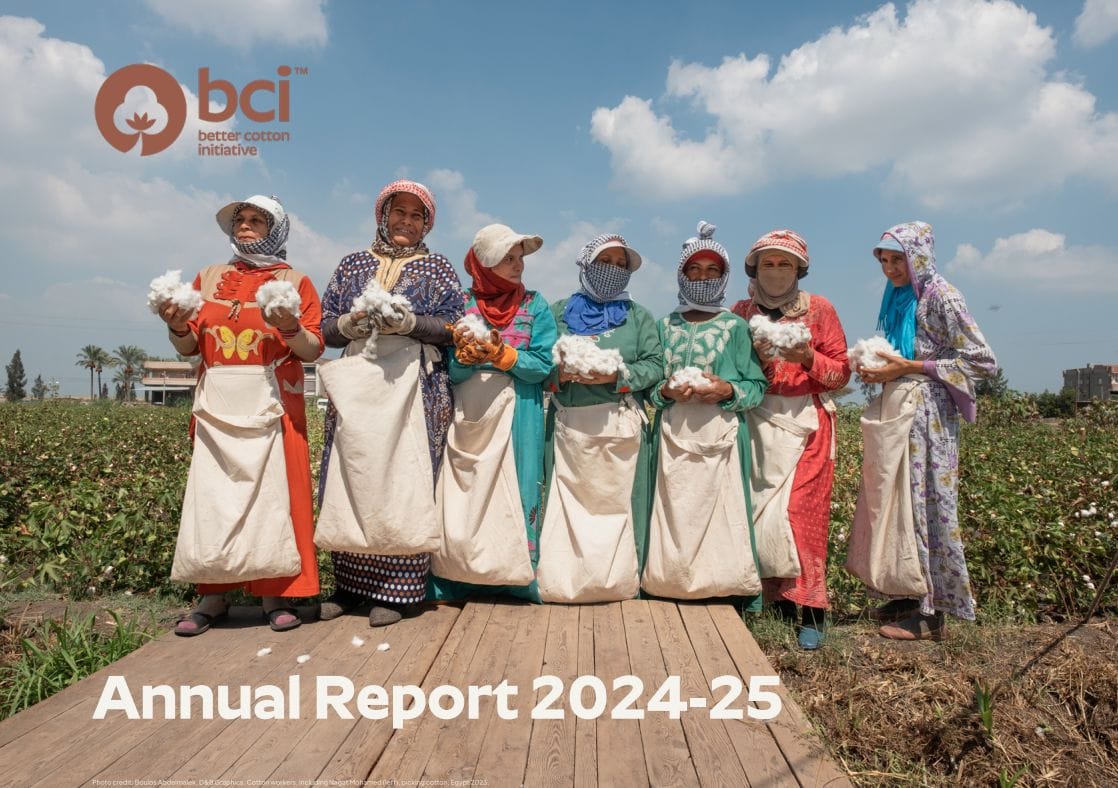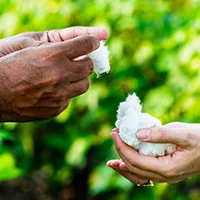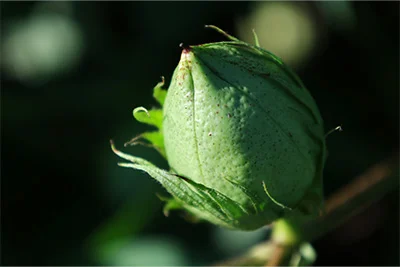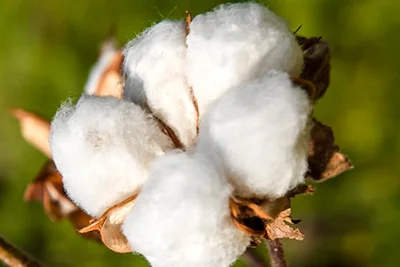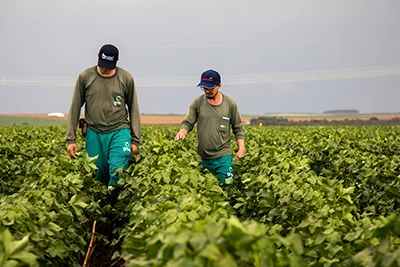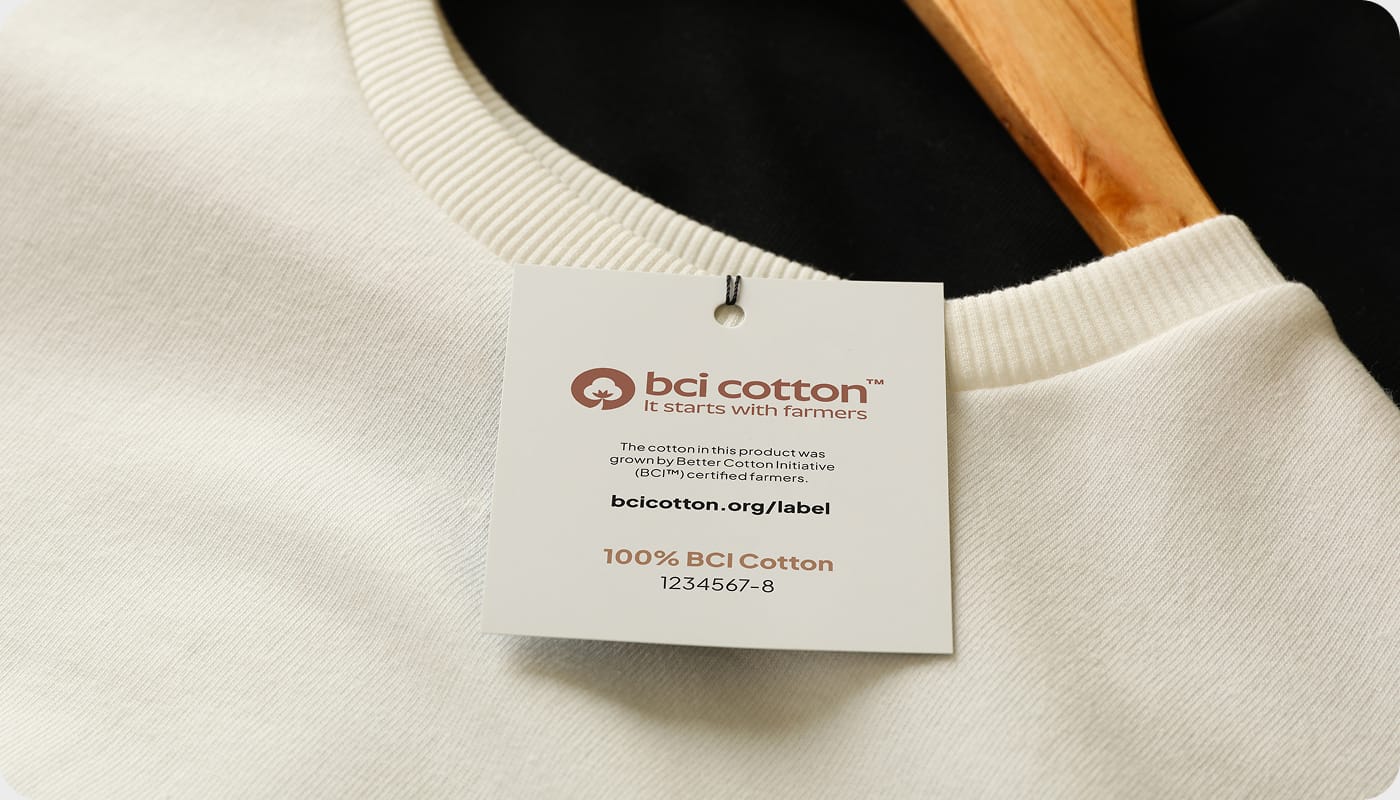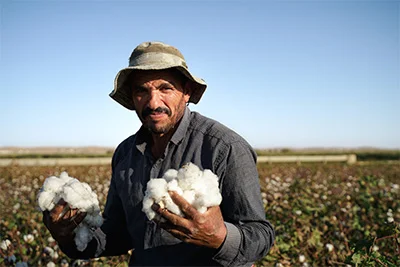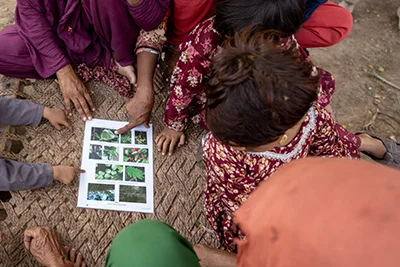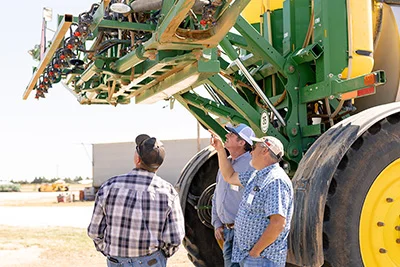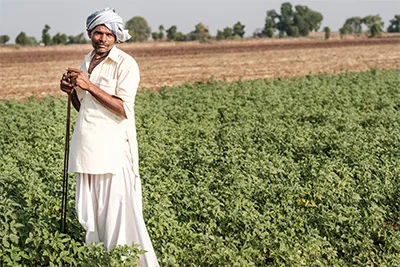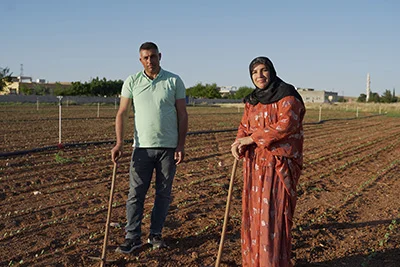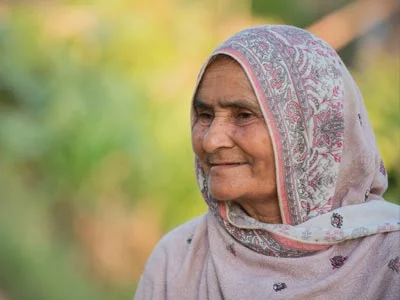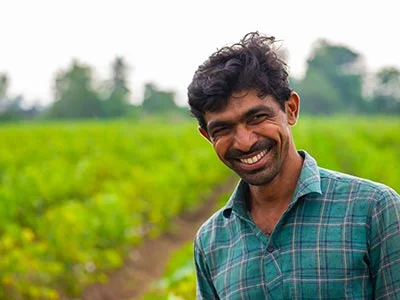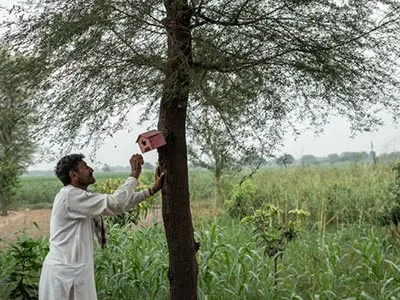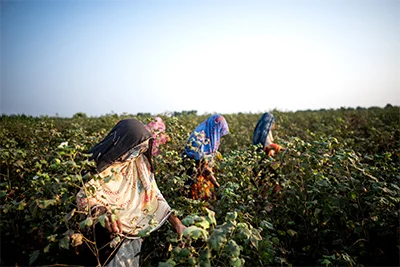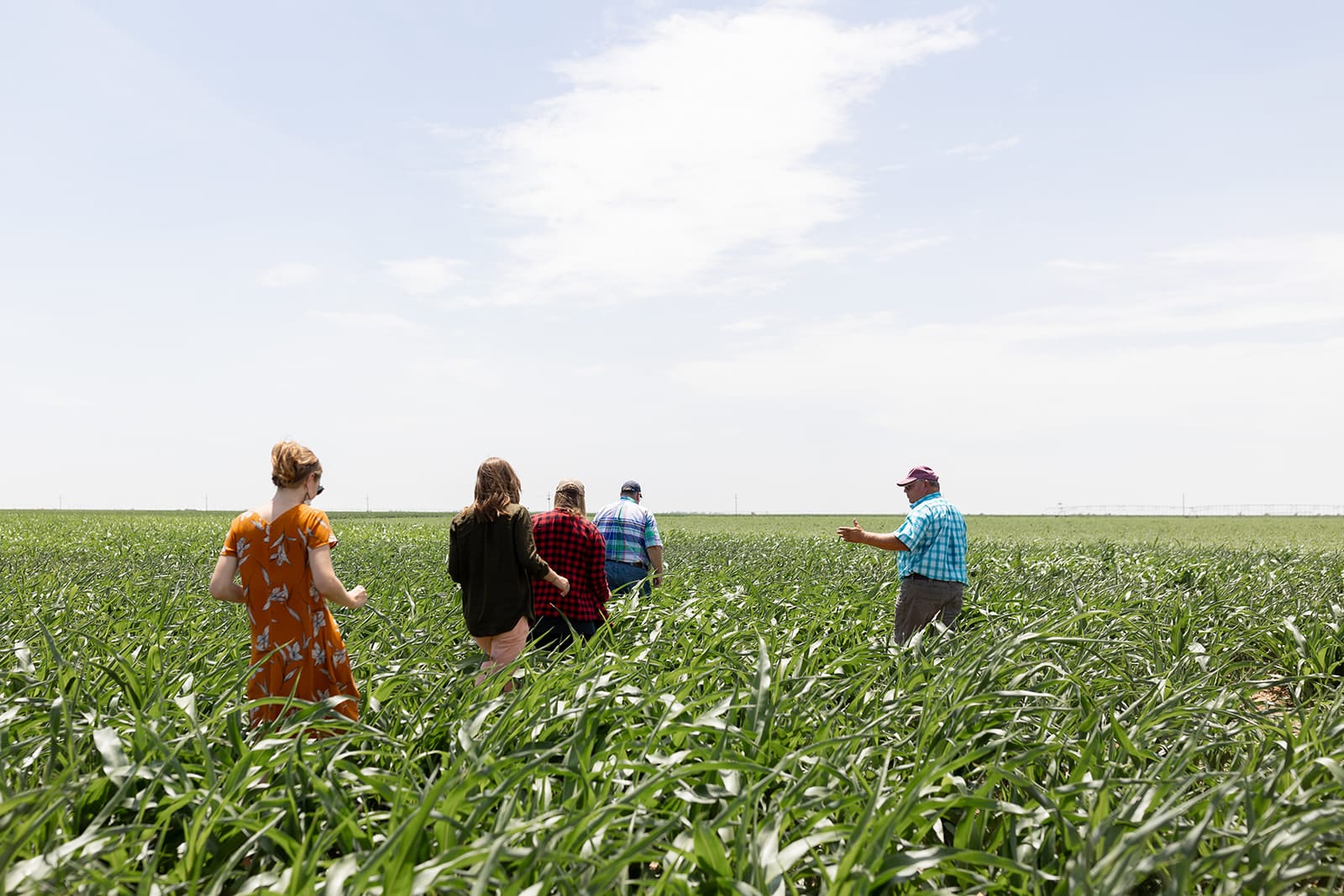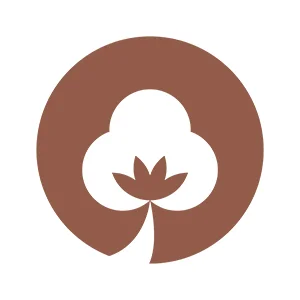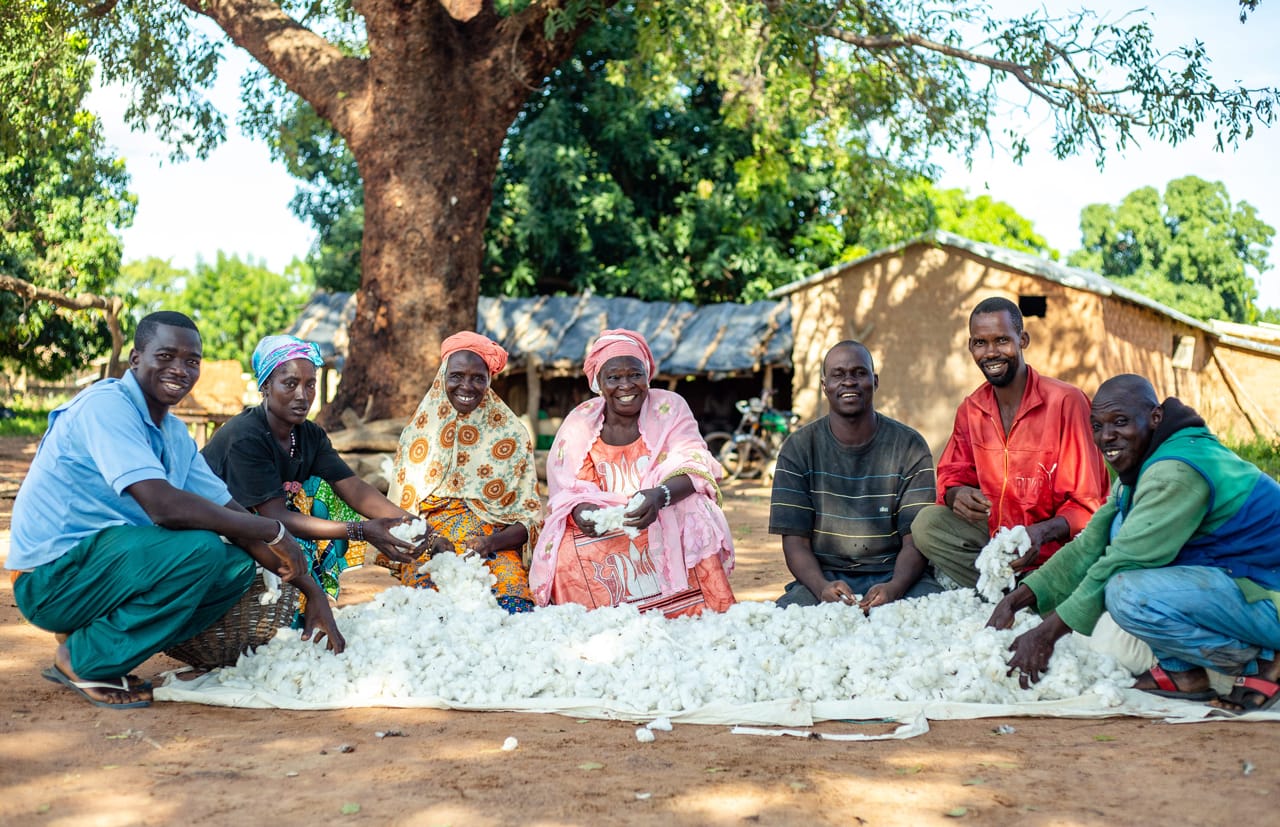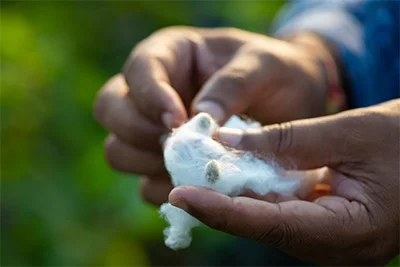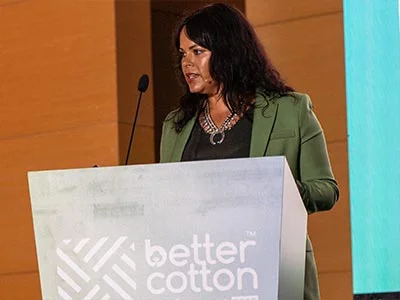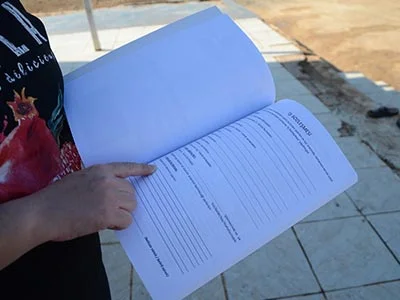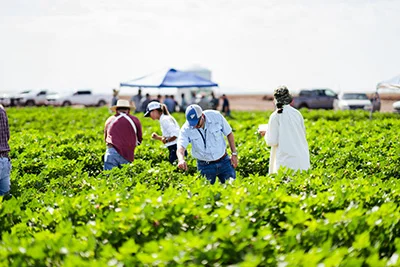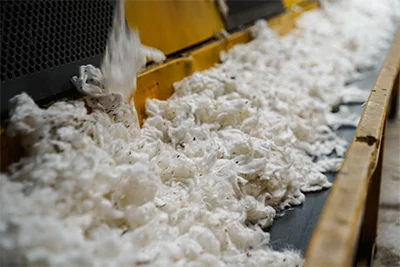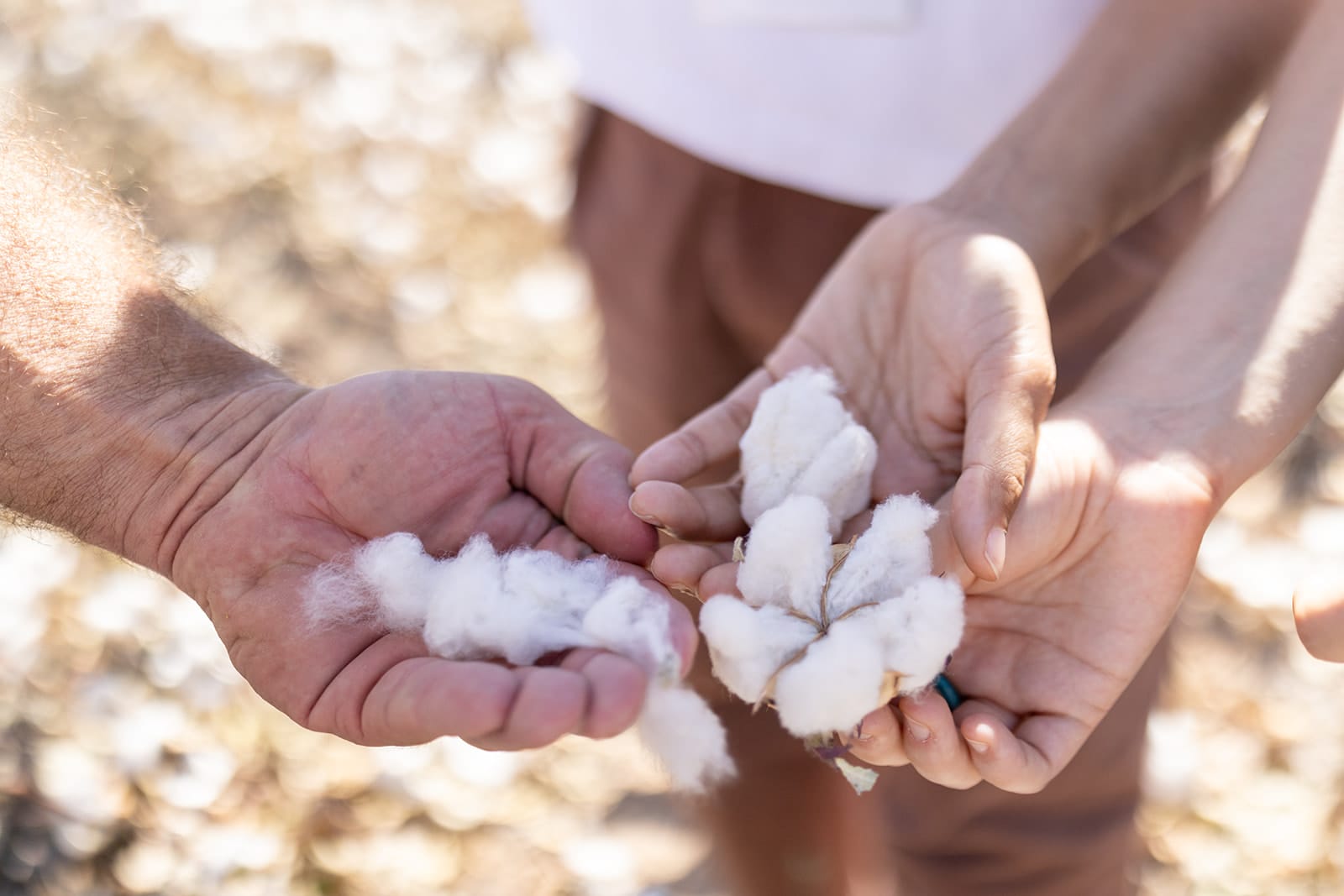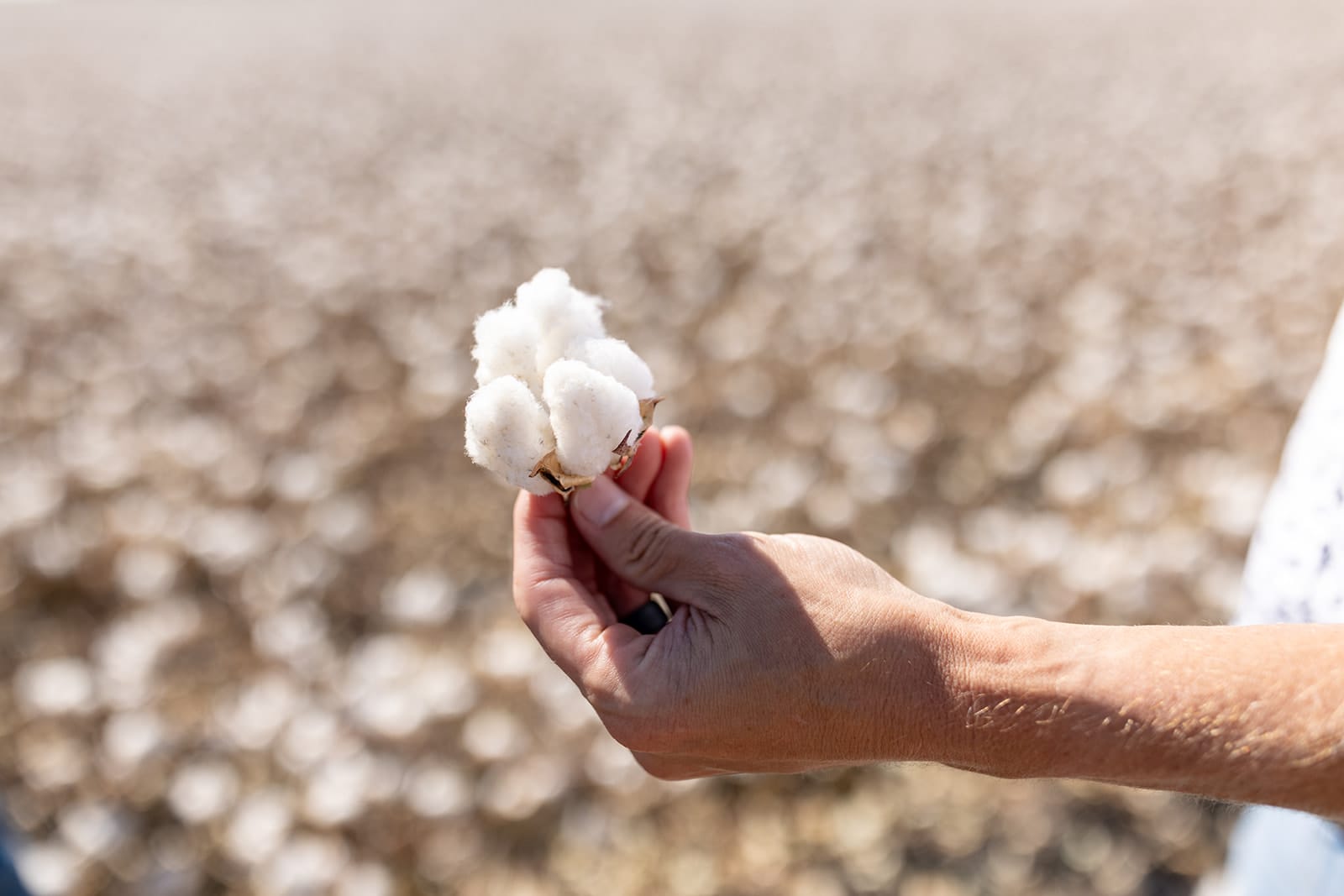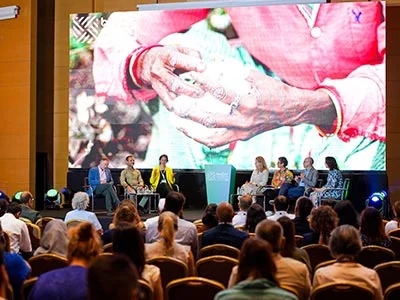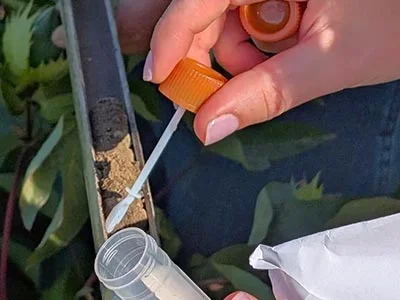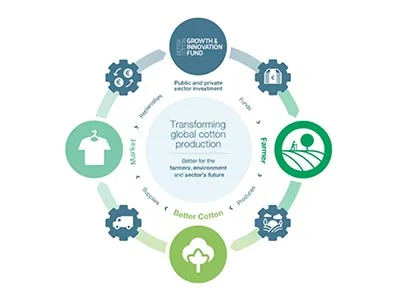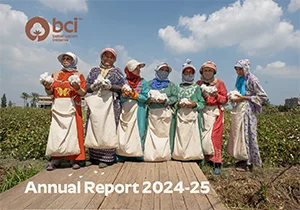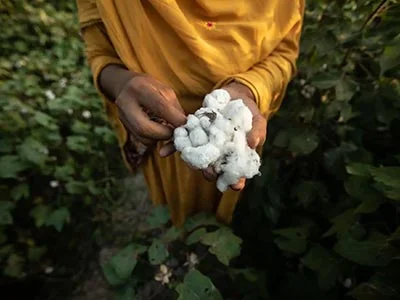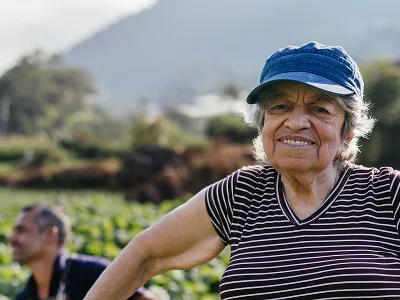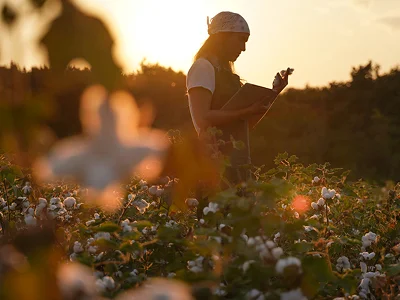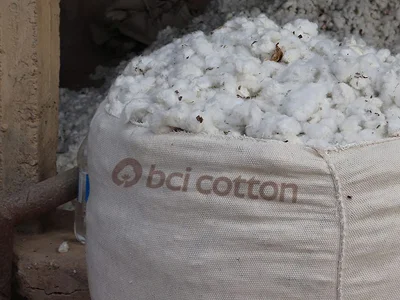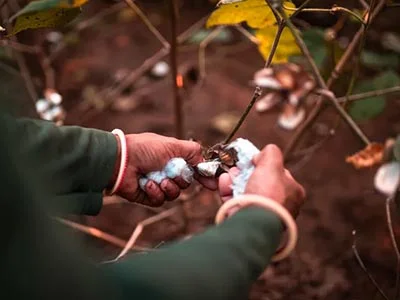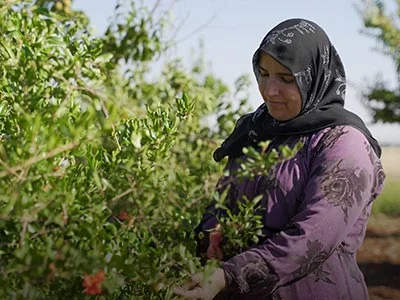Textile waste is a global issue. An estimated 92 million tonnes of textiles are disposed of annually, with just 12% of the material used for clothing being recycled. Many clothes simply end up in landfill, where some release greenhouse gases. So what can be done to ensure precious natural fibres for clothing are recaptured and put to good use?
In Queensland, Australia, a partnership between stakeholders including the state government, Better Cotton Strategic Partners Cotton Australia and Sheridan, circularity expert Coreo, clothing charity Thread Together and Alcheringa cotton farm is exploring the potential to turn old cotton clothing into nutrients for new cotton plants. Cotton industry soil scientist and project participant Dr Oliver Knox, who presented the project in a ‘disruptors’ session at the Better Cotton Conference in June, explains how…
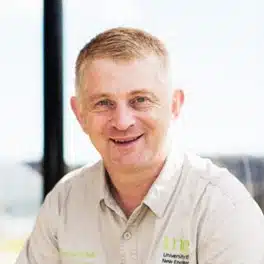
What inspired you to address this issue?
In Australia, much of our soil landscape has low soil carbon, so anything we can do to feed and keep our soil biology alive will benefit us and the environment. It’s these microorganisms that drive the nutrient cycles we rely on to produce our crops, including cotton. We know that any leftover cotton fibre from the harvest breaks down in the soil between seasons. Meanwhile, we need action now to avoid clothing going to landfill, so we decided to explore whether end of life cotton products (primarily sheets and towels) could have the same impact, becoming a natural fertiliser for cotton.
Tell us how cotton clothing could help nourish the soil…
Within cotton products, cotton fibres have been spun into yarn and woven into fabric, so we need to assist the soil microbes in overcoming this ‘packaging challenge’ and understand the potential risk from dyes likely to have been used in clothing manufacture. Our trial at Goondiwindi showed that in all the soil where we applied cotton fabric, the microbiology responded positively. These microbes were effectively reacting to the cotton and breaking it down.
What have you done so far and why was collaboration important?
Circular economy projects always rely on collaboration between stakeholders. Having a diverse and passionate team behind this work with a wide range of skills has been essential in overcoming the numerous challenges involved. We sourced waste textiles from various sources, assessed and removed certain components, shredded them, overcame transport logistics issues, launched and monitored our trial, collated and dispatched samples, and pulled together reports.
Through our first trial, we monitored the impact of around two tonnes of shredded cotton on soil microbes on just under half a hectare, considering benefits such as carbon and water retention in soils and microbial activity. We also estimated that this trial offset 2,250kg of carbon emissions.
Importantly, we’ve confirmed it may be viable to scale up this approach, although there are still technical and logistics challenges to solve. That’s why this year we’re planning to undertake larger trials across two farms in two states, enabling us to divert ten times more textile waste from landfill this year. We’ll also be monitoring the soil and crops more closely with support from the Cotton Research and Development Corporation. It promises to be an exciting season.
What’s next?
We’ll continue checking that the breakdown of cotton will assist in promoting soil microbial function, encouraging water retention and managing weeds. We also want to be sure that we’re offsetting the potential methane production that would be associated with sending the material to landfill.
Longer term, we’d like to see this type of system adopted across Australia and beyond, and positive impacts for soil health and cotton yields and other soil health.
Dr. Oliver Knox is Associate Professor of Soil systems biology, University of New England (Australia)
Find out more
- Goondiwindi Circular Cotton Project Trial Results (July_2022)
- Learn about Better Cotton in Australia
- Better Cotton and soil health
- Blog: Understanding the Living Soil: There Really Is a Universe Beneath Our Feet

